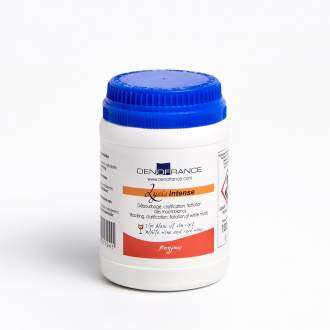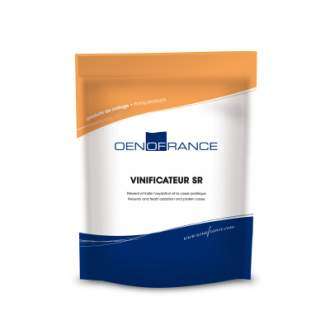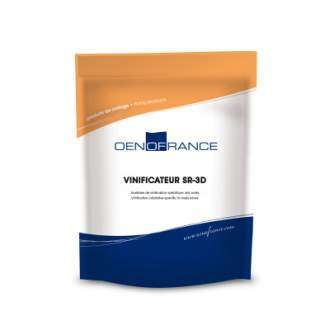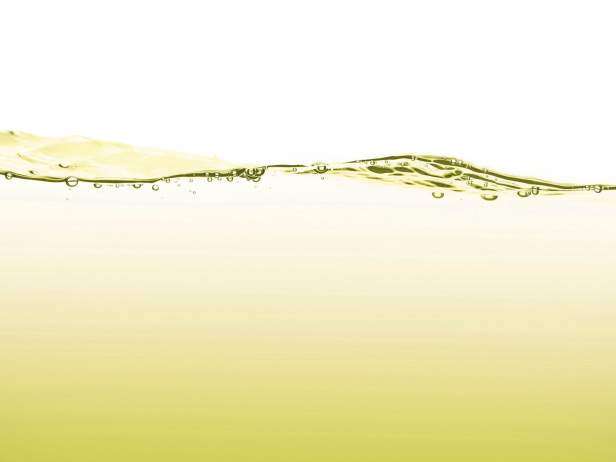Maceration
As technicians, we have to extract the best of the grape in its proper measure, and maceration is a resource that, with skill, will allow us to obtain and enhance the aromatic part that makes us fall in love, and that balance between fat and acidity, lasting and stable over time.
The contact of the must with its skins, closely observing parameters such as maturity and pH, can help you achieve your goal.
The most intense and complex varietal aromatic expression can only be obtained with healthy grapes, harvested at the optimum time according to the objective profile, and with a vinification adapted to the characteristics of the grape.
Film
The aromatic composition of the grape and its location in the berry (thiols, terpenes, norisoprenoids, etc) and the aromas from fermentation and aging, will define the style of wine and the winemaking journey to follow.
During the maturation of the grape the different compounds of the same variety change, the appearance of the 4MMP thiol compound (boxwood) occurs before the 3MH compound (grapefruit) on the thiolic varieties. In terpenic varieties, terpenic compounds in their free form (such as Nerol and Geraniol) appear at the end of maturation.
It is, therefore, easy to think that the different grape varieties, the yeasts used and the production process are factors with a direct impact on the aroma. Depending on the combination of these variables, we will obtain wines with different profiles.
But film maceration is not a selective extraction technique and often increases the content of musts in polyphenols that are the substrate and driver of oxidation that permanently threatens our aromas, especially in warm areas where the grape is highly extractable.
In a wine with a fresh fruit thiol profile, an IPT < 8 and < 350 mg/l of tannin, in fermental and terpenic wines it is advisable not to exceed 10 IPT.
To minimize oxidability and express the maximum varietal character, it is necessary to master the extraction parameters:
- Macerate at low temperatures 10-12ºC.
- Moderate the doses of SO2, which is a powerful extractor.
- Master the tempos, in relation to the other parameters.
- Protect the extracted precursors (inertization, delicate pumping, glutathione, etc.)
- Use specific enzymes to master the extraction of aromatic precursors.
- If in IPT must > 10; pH & gt; 3.2 better not to marinate.
On lees
Pre-fermentation maceration with lees is a good alternative when the grape, in addition to aromatic precursors, has many extractable polyphenols. It is a suitable technique when you have a high pH, little malic acid, little Nass and glutathione.
Keeping the must cold and protected for a few days in contact with its lees considerably increases the aromatic intensity.
Maceration in rosés
Rosé is the wine that makes the greatest visual impression, so maceration is the key point in its development. The great challenge is to achieve the aromatic profile and intensity and the mouth, with the color and tonality that we want, almost nothing.
The starting point is the grape profile, a good rosé is obtained only with grapes designed, grown and matured with rosé in mind (pH, ATT, GAP, Nass, malic, etc) the rest always ends in expensive treatments in the winery for transform red must into rosé must.
Based on this reality, your challenge is to interpret the grape at each harvest to establish the appropriate maceration parameters.
During the maceration, flavanols and flavanols, oxidation agents and responsible for yellowish tones, are started to be extracted, and over time the extraction of anthocyanins increases. When the rosé comes from the bleeding of grapes harvested into ripe fruit for red, the extraction of tannins and anthocyanins is faster, so we must pay attention to the maceration time and prepare the adjuvants to correct it.
Other related topics
Pressing
The average size of the berry, the skin/must ratio and the maturation dynamics vary each harvest, so can we press the same each year? Can we cut at the same pressure or at the same yield each year?
More information



